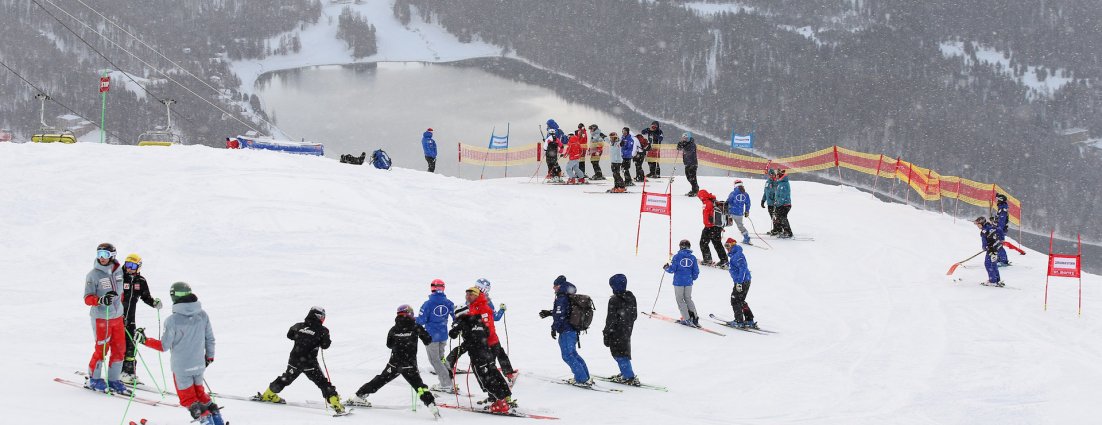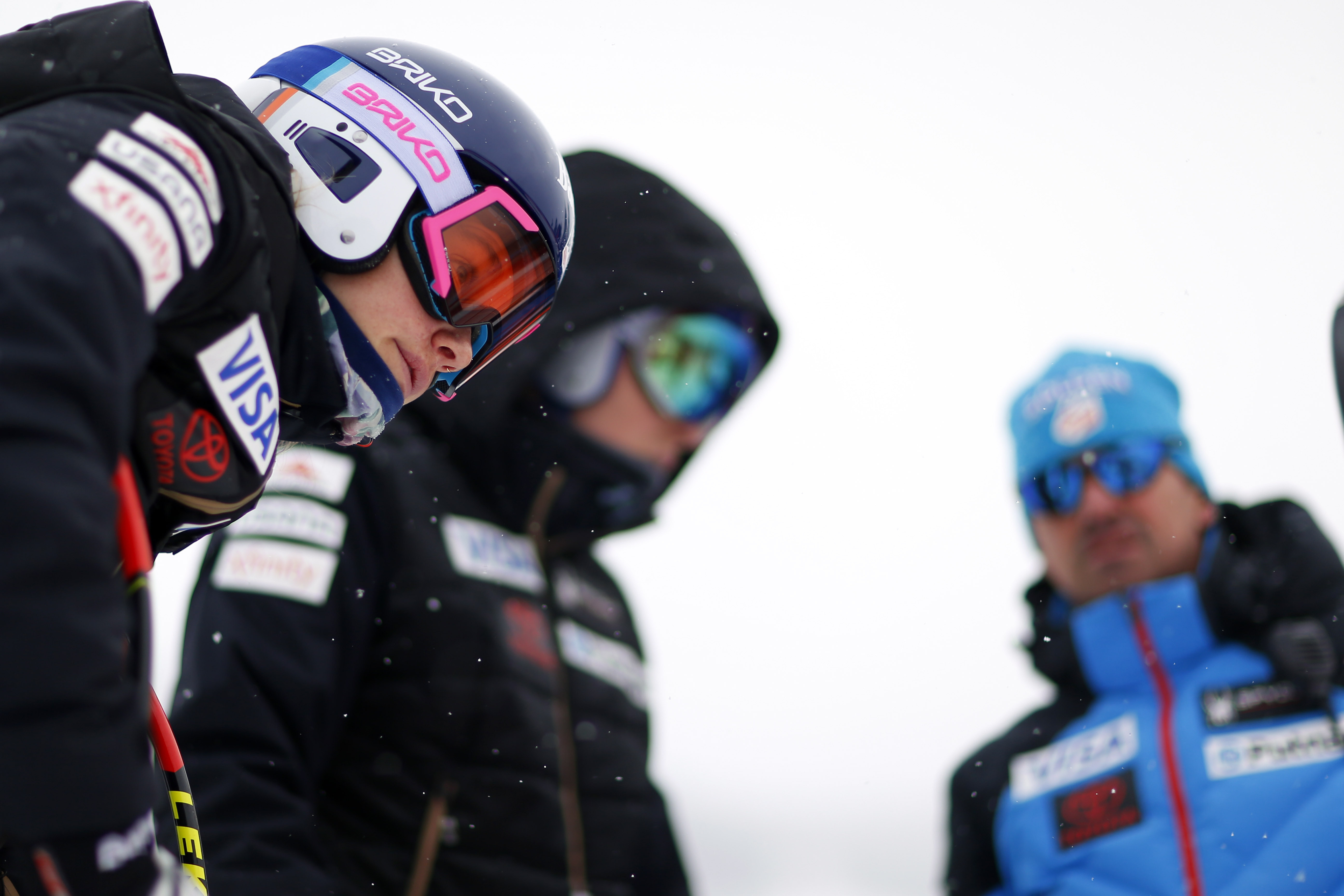Why is It Important to Inspect a Course?
01.08.2019 | Ski Racing Staff

All ski racers depend on the skill of course inspection. This is a known fact, but perhaps lesser known is the fact that inspection is a skill that can be directly relevant to other aspects of an athlete’s life.
As skiers develop valuable and transferable personal and life skills through the sport, including goal-setting, visualization, memorization, planning, focus, and executing a plan, they also develop healthy doses of confidence, determination, resilience, and grit. Although initially inspection might be regarded as a tedious and mundane task, the art of timely, targeted examination is an important and directly meaningful and transferable skill to life off snow.
“An athlete’s course inspection and visualization tells a lot about individual style,” says Laurenne Ross, one of the veterans on the U.S. women’s speed team. Ross is an athlete who definitely has her own personal style defined by her desire for speed and love of music and guitar.
“It’s difficult to figure out your ‘style’ as an athlete’s inspection method is ever-evolving, but it’s quite interesting and extremely entertaining to see how course inspection techniques develop as an athlete grows,” Ross explains.
Similar to developing as an individual from childhood to adulthood, course inspection is a dynamic and evolving skill on the hill.

A skier’s one-hour window to visually inspect the race course requires the ability to carefully examine, visualize, memorize, and utilize terrain, pitch, snow conditions, and of course, the line they will ski. Athletes slowly work their way down the side of the course and frequently stop with coaches to discuss notable course aspects and most efficient lines for each gate. Successful side-slipping scrutiny can mean the difference between a 10th place and a podium. Subsequently, ski racers develop very strong powers of observation and memory when inspecting, powers they can carry forward in whatever pursuits come next in their life course.
Jared Goldberg, a member of the U.S. men’s speed team, relies on inspection as one of his tools for success.
“Course inspection is a critical part of our sport,” he says. “Without a proper inspection, you’re putting yourself at serious risk. This is why you must know where you’re going before you can move on from a section of a course.”
Downhill is the only discipline that allows racers training runs to learn the course and establish speed markers. Racers in slalom, GS and super-G start gates don’t get practice runs on course. Yet, even in downhill, the training runs are limited and conditions often change significantly prior to the actual race. Goldberg recalled how he used inspection skills to face a skier’s greatest downhill challenge in Austria.
“My first time in Kitzbuehel was one to remember,” Goldberg explains. “I had never seen a course so absurdly steep that even slipping it in inspection was a struggle. At the bottom of the course there are so many fans you have to ski through like moving gates to get back to the lift. It’s a big pile of anxiety the first time. Before I went out of the start gate, I was in the deepest state of focus I’d ever been in. It’s truly terrifying looking out of that start gate the first time, and pretty much every time, but I had to know I knew exactly where I was going and trust myself. The great thing about visualization is you can run the course as many times as you need before you go, and you know I ran it many times before I pushed out of that gate. I was going to nail my line first try; that was the only option. It’s situations like this that make battling a pile of taxes or writing a paper for school seem like a cinch.”
The ability to survey and evaluate a situation, determine and develop a plan, and manage and implement a strategy can be very valuable to every aspect of an athlete’s life beyond the slopes – mindset, personal and social interests, academics and education, career development and employment opportunities. In the context of whole athlete development, course inspection is a skill that can be utilized across sport, school, social, and career.
As Jared explains, “I think being in a situation like a course inspection helps you in many things in life, such as school or work. The deep level of memorization and trust in yourself is a key.”